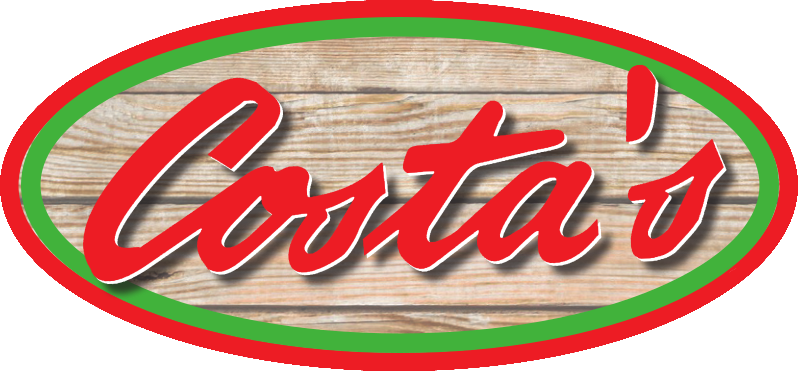Dear Customers,
Walking up and down the aisles of this supermarket, I am dismayed by the number of empty spots caused by shortages we’re still experiencing 18 mos. after the onset of the pandemic. Realistically, it’s nowhere near as bad as what we suffered through a year ago where whole categories were out of stock. But there are still enough missing items to make the shelves look a little “Swiss-Cheesey”.
For instance, on a recent order from our warehouse we received 265 ordered items. In addition, there were 99 items that we ordered that we didn’t receive for one reason or the other. Of the 364 total items ordered, 27% of them were marked either “out of stock”, long term manufacturer outage”, or “seasonally inactive”.
“Out of stock” you can understand. It simply means they didn’t have any to fill the order. It may be a short-term condition due to poor planning or unprecedented demand. “Long term manufacturer outage” usually means that due to a shortage of manpower, companies have had to limit the variety of items they would normally produce. They do this by eliminating the slow movers and concentrating on their more popular items. This is just what it says – long term! Until the labor shortage is eradicated, many companies will have to take this route.
The labor problem affects all facets of the supply chain. The processing plants, the manufacturers, and even the truck drivers that deliver to our door are all suffering from not enough help. Then too, the Delta Variant of Covid 19 has forced a recurrence of socially distanced staff in the workplace. All these factors contribute to inflation of over 5%, the largest in 13 years! As I learned in Economic 101 back at St. Bonaventure. . . when too much demand chases too little supply – the price goes up.
It would be easy to shoot the messenger, or in this case, to blame the retailer for the higher prices but in actuality, it’s a problem that’s occurring all the way down the supply chain and snowballing as it goes. It’s more difficult to get the product to the grocer’s shelves, every step of the way, resulting in shortages and higher prices for the consumer, a double whammy, as it were!
